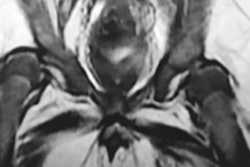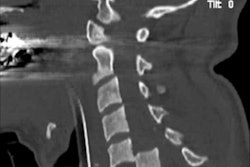Dear AuntMinnieEurope Member,
In the first case of its kind in Europe, a woman in Spain infected with the Zika virus gave birth to a baby with microcephaly about two weeks ago. Furthermore, if you believe the experts, tens of thousands of babies could be affected by Zika, and the current epidemic may go on for three or four years.
Against this background, the publication of original new research from Brazil is bound to generate considerable interest. MRI has shown that Zika infection during pregnancy may cause limb joint deformities in babies. Go to our Women's Imaging Community, or click here.
As the saying goes, "There is no delight in owning anything unshared." So why is it so difficult to share medical images? Consultant radiologist Dr. Stephen Fenn is convinced that solutions can be found, and he urges everybody to push locally and nationally to get full sharing functionality in place. Visit the Healthcare Informatics Community, or click here.
The prospect of image reading by nonradiologists raises major turf issues, and understandably it tends to make radiologists shiver with fear. New standards in this area from the Royal College of Radiologists (RCR) aim to provide clarity and ensure quality is maintained. For the full details, click here.
Demand is growing for emergency CT scans of the cervical spine, and because many examinations are performed at night or on weekends, often radiology trainees end up reporting them, U.K. researchers said. To speed up patient care and cut errors, they looked at how to improve training in this area, focusing on seven key learning points. Click here to find out more.
Last but not least, if you're curious to know more about skier's thumb, don't miss the news report by Associate Editor Rebekah Moan. For her story on Dutch research published in the European Journal of Radiology, click here.



















